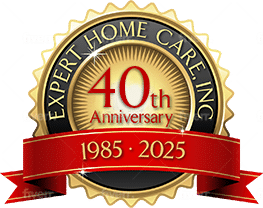Caregivers provide assistance to other people who because of physical disability, chronic illness or cognitive impairment are unable to perform certain activities on their own. So-called informal care can be offered by family members or friends, often in a home setting. Or paid or volunteer professional care, so-called formal care, can be obtained at home, in the community or from institutions such as nursing facilities or government institutions.
Roughly, 11.1 million Americans of all ages are receiving formal or informal care at any given time. This represents about 4% of the population and is comprised of about 9.5 million receiving care at home or in the community and another 1.6 million residing in nursing or intermediate care facilities. About 25.8 million family caregivers provide personal assistance to individuals 18 years or older who have a disability or chronic illness. And nearly one out of every four households (22.4 million households) is involved in giving care to persons aged 50 or older. About 43% of those receiving care are under the age of 65 and are evenly spread between ages 18 to 64. Children under 18 and receiving assistance because of disability are often characterized under different criteria of caregiving.
Sometimes human caregivers can be replaced or assisted by mechanical devices. These might include special computer systems for communication, special locomotion equipment, remote vital sign monitoring devices or remote oversight monitoring. Continued technology advances may help relieve the time commitment of human caregivers.
- NJ Home Health Care Client Bill of Rights - March 12, 2019
- Senior Home Care Preparation For New Jersey Families - December 17, 2018
- Elder Abuse More Common Than Thought - December 10, 2018

